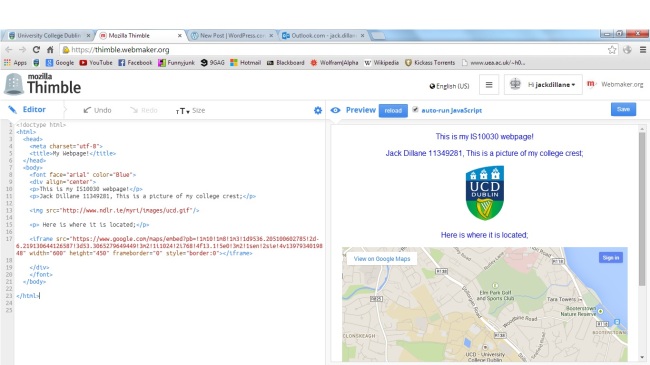Three properties of signs;
Picture 1: Iconic sign.

This is the sign for an escalator, an iconic sign is defined as an image that physically resembles what it “stands for” as can clearly be seen in the above image which depicts a man moving upwards on an escalator, in the direction of the arrow.
Picture 2: Symbolical sign.

These symbols represent male and female, clearly they have no physical resemblance to any male or female person, or animal, making them symbolic, they are images that we use to represent them.
Picture 3: Indexical sign

An indexical sign is one that may the viewer may not directly resemble with the significant object, however it is directly connected in some way to that object. A fingerprint is an indexical sign in this way, fingerprints are unique and therefore represent an individual person, however by just looking at the fingerprint it is impossible to know which person it represents







